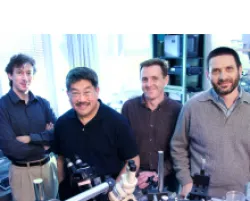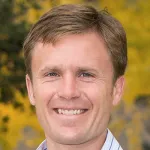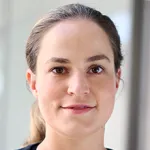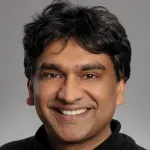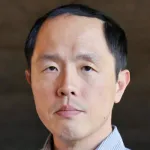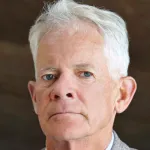
Sunny Anand - Professor of Pediatrics (Pediatric Critical Care) and Anesthesiology, Perioperative & Pain Medicine
Dr. Kanwaljeet Sunny Anand is a translational clinical researcher who pioneered research on the endocrine-metabolic stress responses of infants undergoing surgery and developed the first-ever scientific rationale for pain perception in early life. This provided a framework for newer methods of pain assessment, numerous clinical trials of analgesia/anesthesia in newborns, infants and older children.

